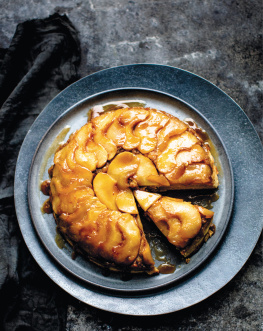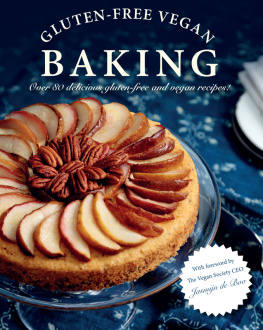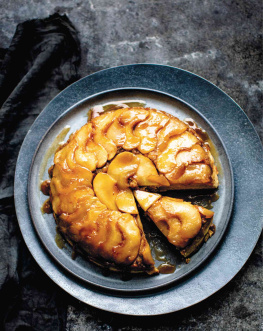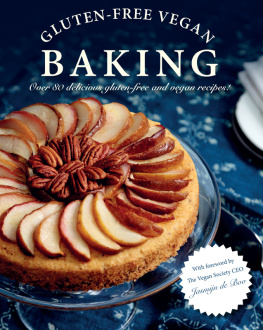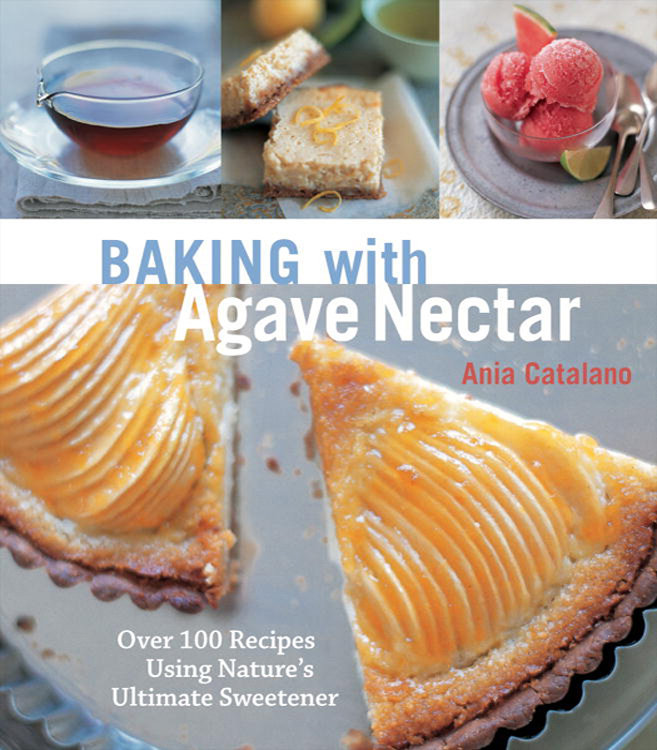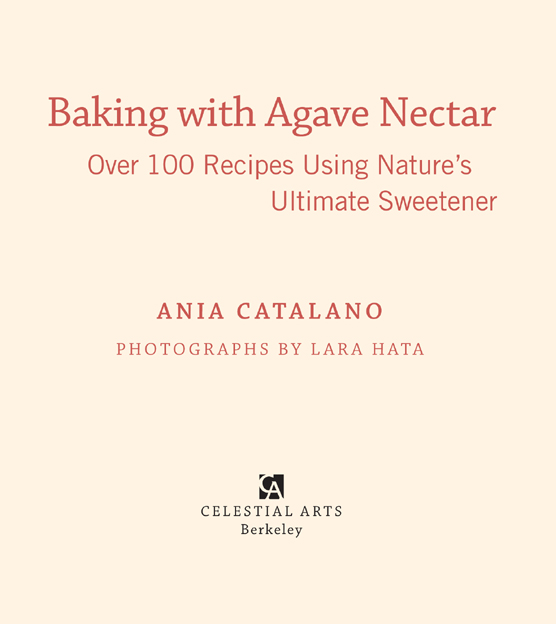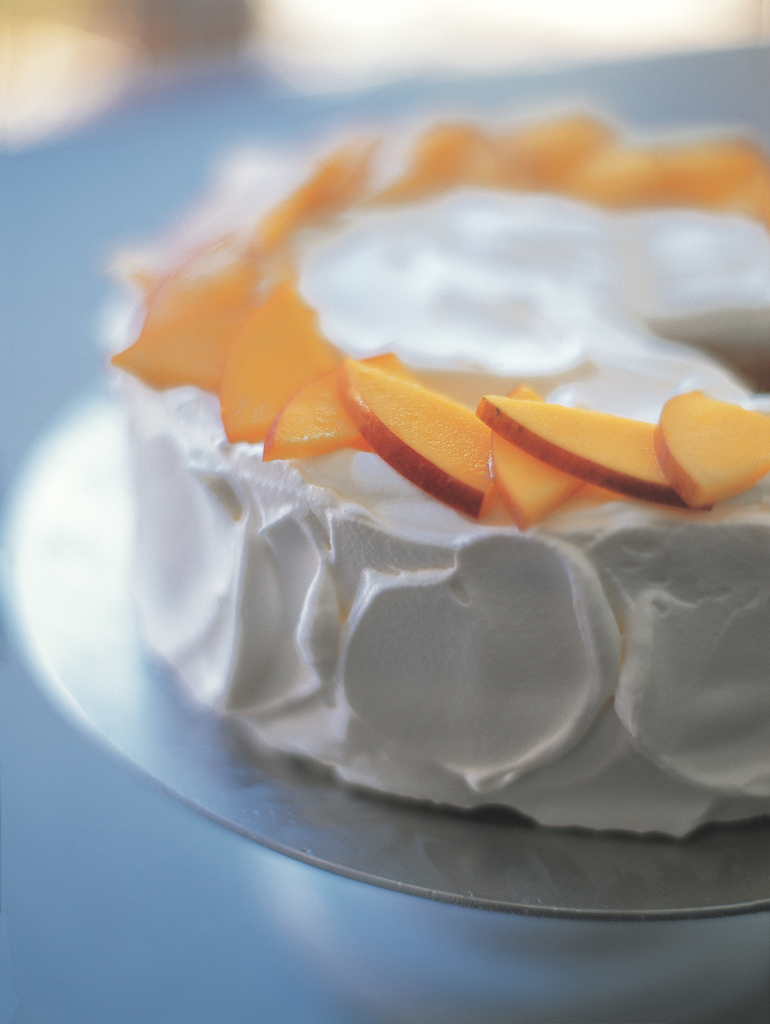All rights reserved. Published in the United States by Celestial Arts, an imprint of the Crown Publishing Group, a division of Random House, Inc., New York.
www.crownpublishing.com
www.tenspeed.com
Celestial Arts and the Celestial Arts colophon are registered trademarks of Random House, Inc
THIS BOOK IS DEDICATED TO THE TWO LOVES OF MY LIFEMY HUSBAND, JOE, AND OUR DAUGHTER, SOFIA (OUR LITTLE MIRACLE).
Contents

Introduction
My introduction to natural foods took place about twenty years ago when I was diagnosed with hypoglycemia. At the time, it felt like I had two jobsworking full-time as an interior designer and working the rest of the time trying to figure out what, when, and how to eat in order to feel healthy. I always enjoyed good food, frequented gourmet restaurants, traveled, and loved to cook, yet suddenly I was forced to make a change in my diet in order to improve my health, especially since diabetes was prevalent in my family. I began to explore the world of whole foods, experimenting with them and using them to replace the refined foods in my diet.
Needless to say, it changed my life. I began to feel great, had endless energy, and finally felt satisfied when I ate, all due to replacing refined ingredients with whole, natural foods. So great was my newfound passion that I became a whole foods chef, first enrolling in the Natural Gourmet School of Cooking in New York, and then opening Sprouts Natural Foods Market & Caf in Trumbull, Connecticut, in 1989.
Being totally immersed in the natural foods business and having hypoglycemia, I was always on the lookout for new and improved sweeteners to use in preparing desserts and other baked goods. In the mid-1990s, I discovered agave nectar. Of all the sweeteners I had ever usedSucanat, brown rice syrup, barley malt, honey, maple syrup, date sugar, fruit concentrates, and steviaagave nectar was the only sweetener that had no shortcomings. While some sweeteners were great tasting, they were off limits to me because they were refined and spiked my blood sugar levels. Other sugar alternatives were better from a health perspective (i.e., lower glycemic index), but either the taste or texture when prepared in foods was lacking. And then came agave. It was low-glycemic, delicious, easy to use, and best of all I felt great after eating it. I did not experience the symptoms of sugar rush, like palpitations, that would invariably occur after I had consumed high-glycemic sweeteners. Many of my customers with diabetes and other health issues agreed. For me, the search for the ultimate natural sweetener was over.
What Is Agave Nectar?
Agave nectar is a natural, organic, Kosher, plant-based sweetener made from several varieties of the agave plantprimarily the Blue Weber variety, which is the same one used to make tequila. Agave grows wild in Jalisco State in Mexico, and while Indians there discovered the plants many uses thousands of years ago, agave nectar was not widely marketed until the 1990s.
The agave plant must be 7 to 10 years old before its sugars are at their peak and ready for harvesting. A mature plant can stand 5 to 8 feet tall and have a diameter of 7 to 12 feet! The plant is cut free from its roots and the spiky leaves are removed, leaving behind the pia (so called because it resembles a huge pineapple). The pia is capped with a stone and a milky juice collects in the center. Harvesters ladle out the juice, which is cleaned and filtered to create the liquid that will become the agave nectar. A gentle enzymatic process breaks down the carbohydrates into sugars, resulting in a complex form of fructose called inulinar fructose. No processing chemicals are ever used in agave nectar production, making it a completely safe, unrefined, and organic sweetener for children and adults alike.
The Sweet Science of Agave Nectar
Agave nectars are low-glycemic sweeteners, due to their high fructose to glucose ratio. What does this mean? Certain carbohydrates (like refined flour, white rice, white potatoes, and of course, refined sugar) cause blood sugar (glucose) and insulin levels to spike and crash. The glycemic index (GI) ranks foods according to how quickly they are processed into glucose in the body. Pure glucose, with a GI of 100, is the reference point: the lower the GI, the more slowly the food is processed and the less dramatic the fluctuations in blood glucose and insulin levels. Health experts agree that controlling these levels is an important component in lowering risk for heart disease and diabetes, reducing cholesterol levels, and managing weight.
Keeping your blood sugar levels in check by eating lower-GI foods that are fiber-rich, such as whole grains, whole grain flours, vegetables, and fruits in combination with the proper sweeteners can also help you feel full and satisfied longer after meals, therefore aiding in weight loss.
While the GI of agave nectar varies from one manufacturer to another, all are considered low-glycemic if their GI is 55 or below. Premium Blue Weber agave has been found to produce the best tasting sweetener, as well as one with the lowest glycemic index, generally in the range of 19 to 39. Compare this to honey (GI of 35 to 64), pure maple syrup (GI of about 54), and table sugar (GI of 60 to 65). Various glycemic index testing centers around the world have studied agave nectar extensively, and the consensus is that this sweetener is safe and suitable for most diabetics and others monitoring their blood sugar levels. Agave nectar has met the food exchange requirements set by the American Diabetic Association for product labeling. As with any sweetener, agave nectar should be used in moderation and with discretion by people under medical supervision. People with diabetes or other metabolic disorders should consult with their doctor to determine how this product will fit into their personal health management program.
Using Agave Nectar
Agave nectar is a little less viscous than honey, and it has a stable three-year shelf life. It does not crystallize or solidify when cold, pouring and dissolving easily even in cold liquids. Because it has excellent moisture retaining properties, it is ideal for creating breads and baked goods with light and fluffy texture; it also works to keep them fresher for a longer period of time.
Agave nectar can be used straight out of the bottle to sweeten teas, coffee, lemonade, and other beverages, and its a delicious topping for pancakes, waffles, or your morning breakfast cereal. And wow, does it make an awesome margarita! (More on that later in the book.)
Agave nectars are sold in light, amber, dark, and raw varieties. Light agave nectar has a mild, almost neutral flavor, and is a great choice for use in delicate tasting desserts, baked goods, sauces, and beverages. Amber agave nectar has a medium-intensity caramel flavor, and is suitable for many desserts, as well as sauces and savory dishes. It is an excellent straight out of the bottle syrup. Dark agave nectar has stronger caramel notes, and imparts a delicious and distinct flavor to many desserts. Its best used in poultry, meat, and seafood dishes, and is wonderful as a topping for pancakes and waffles. Raw agave nectar also has a mild, neutral taste. It is produced at temperatures below 118F to protect the natural enzymes, so this variety is a perfect sweetener for raw foodists and the health conscious. In the recipes in this book, I often recommend a specific variety, but feel free to use whichever variety pleases you best.




